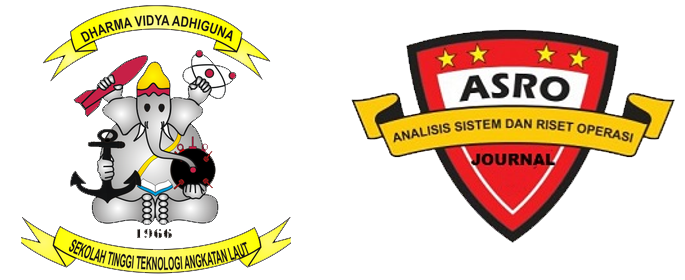STTAL DEVELOPMENT STRATEGY TO PRODUCE HUMAN RESOURCES THAT ACKNOWLEDGE TECHNOLOGY FACING THE INDUSTRIAL REVOLUTION ERA 4.0
DOI:
https://doi.org/10.37875/asro.v10i1.88Abstract
The industrial revolution 4.0 requires that one must be able to work with increasingly sophisticated technological developments. The industrial revolution 4.0 emphasizes digital economic patterns, artificial intelligence, big data, robotic or known as the disruptive innovation phenomenon. The problem discussed in this study is how to determine the strategy for developing STTAL. The purpose of this study was to determine the best strategy for developing STTAL using the SWOT analysis method. The results of the study show that the development of STTAL to produce Human Resources that mastered the technology faced the era of industrial revolution 4.0. Namely: a). Increase the quantity and quality of laboratory facilities that are complete in stages according to the priority scale adjusting the available budget by means of regulation, cooperation, coordination and socialization to relevant stakeholders, b). Publication of lecturer and student research in national and international journals is one way to improve the ability and expertise to produce technological products of marine and maritime technology, c). Establish a curriculum for each Study Program based on IQF and lead to the science and technology fields of maritime and maritime technology, d). Establishing the ideal STTAL Organization will be able to support the operational education and development of new Cyber Study Programs.
Keywords: SWOT Analysis, STTAL Development, Human Resources, Industrial Revolution Era 4.0.








